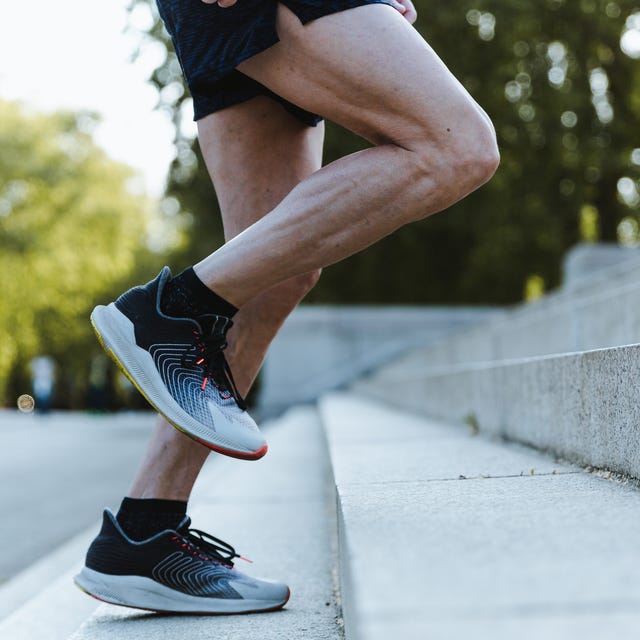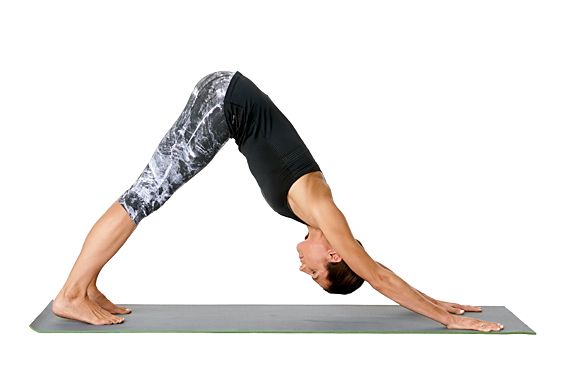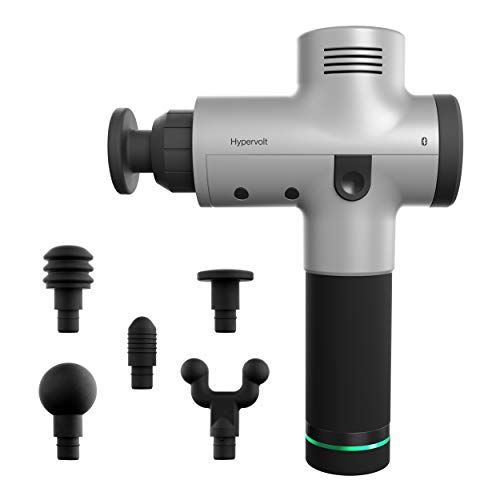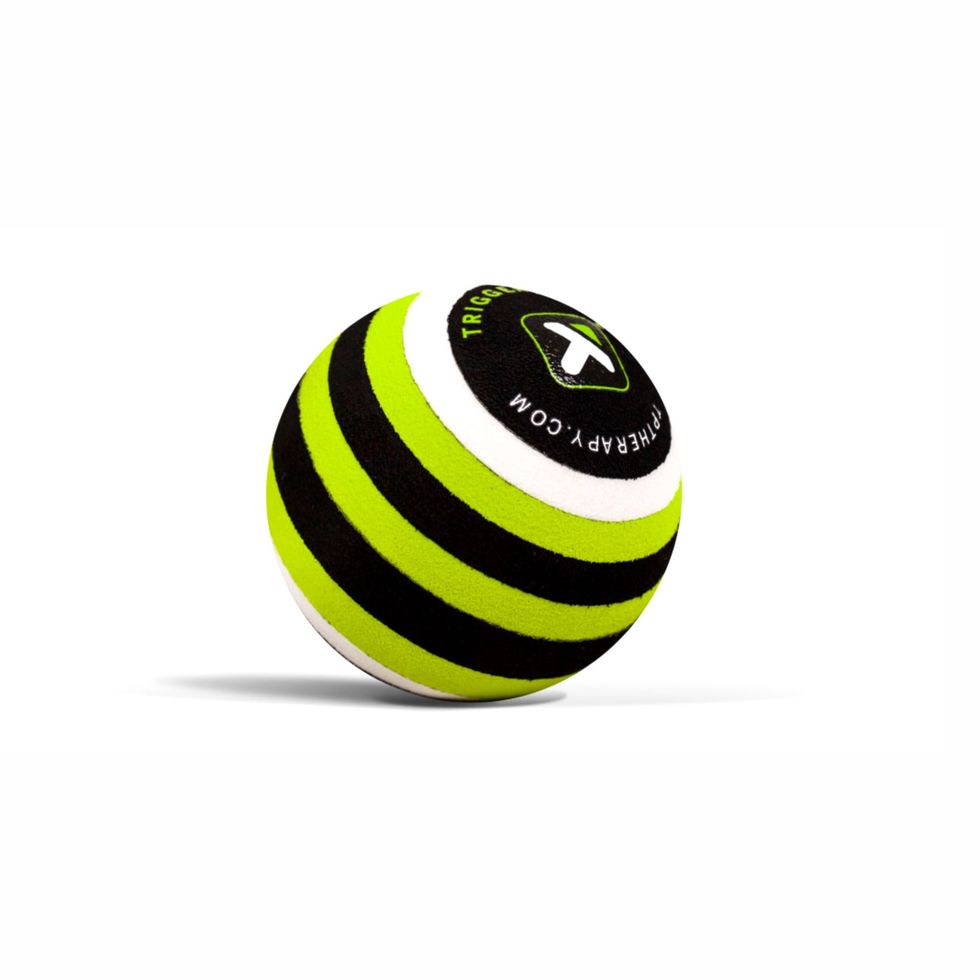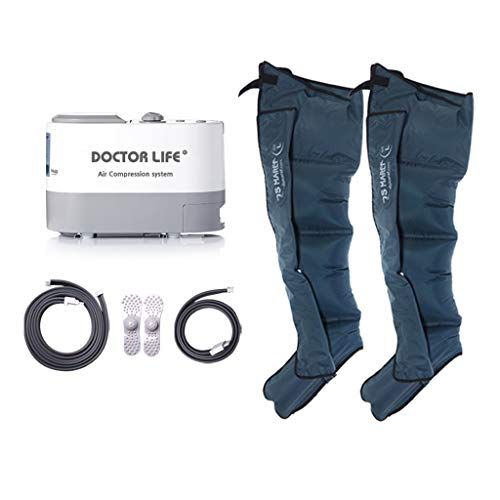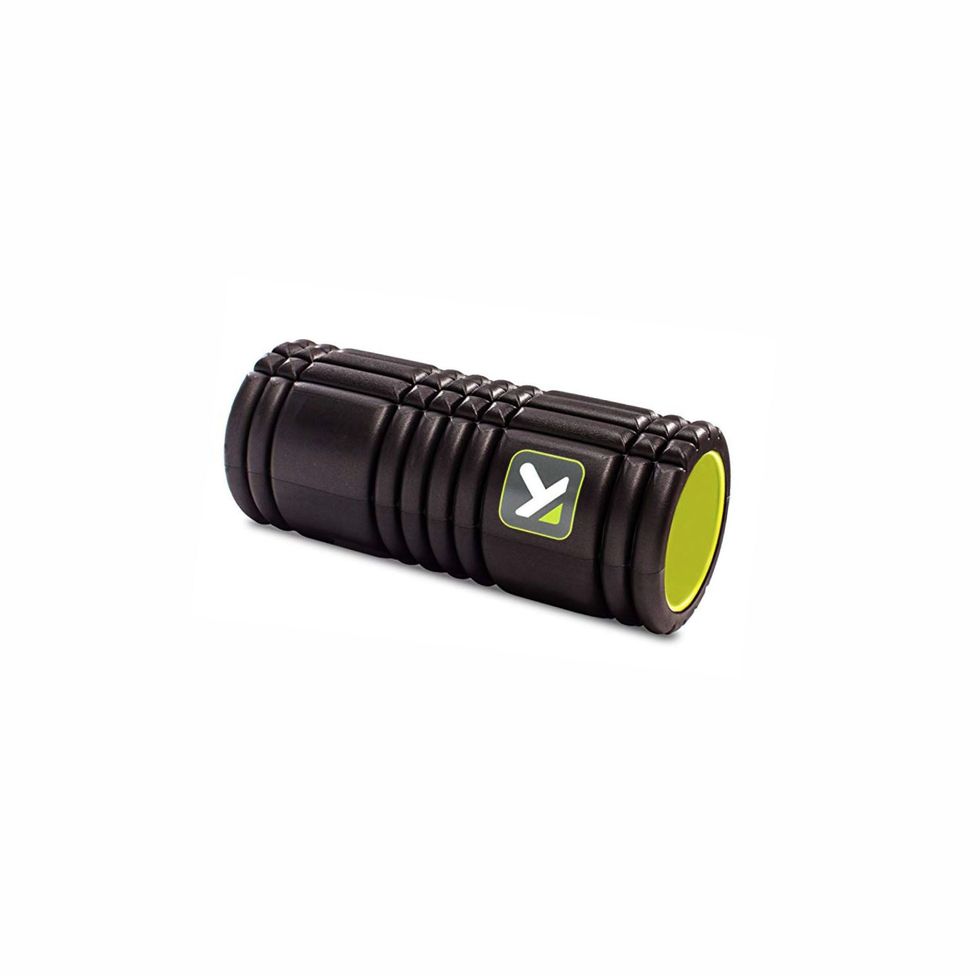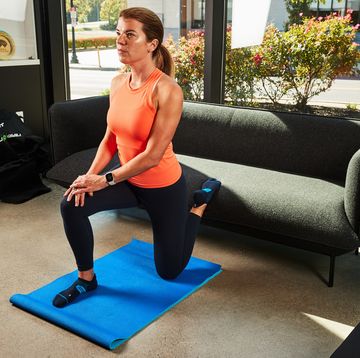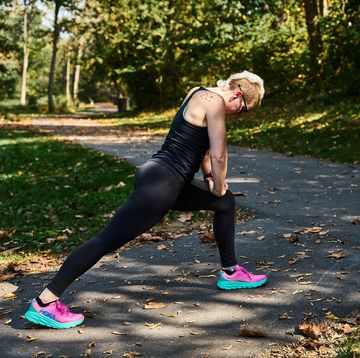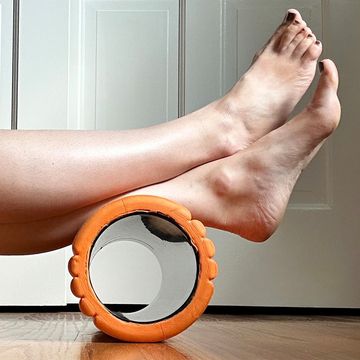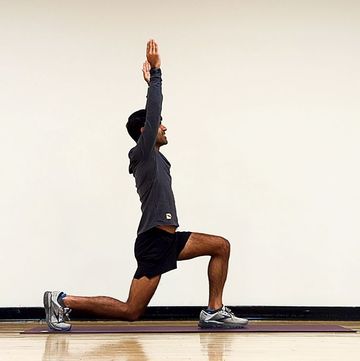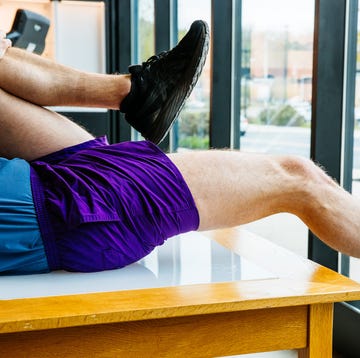Your calf muscles, also known as the gastrocnemius and soleus muscles, act both as the gas and brake pedals on a run. Need to push up a steep hill? Your calf muscles are called into action. Need to slow it up during the descent on the other side? They’ll make sure you don’t faceplant on the way down.
Strong calves give you better running form and more power, which can lead to faster times. On the flip side, weak calves are a leading cause of common running maladies like achilles tendonitis, shin splints, calf strains, hamstring or hip problems, and even plantar fasciitis.
Once you realize how important your calves are to running mechanics, you’ll also recognize that they need a lot of maintenance. You should regularly stretch the muscles, as well as perform specific strength exercises.
Both calf stretches and calf workouts will prime your legs for stronger running and fewer injuries—not just in your calves, but your hips and hamstrings as well.
Calf Exercises to Get Stronger:
Farmer’s Walk on Toes
How to do it: Hold a pair of heavy dumbbells straight down at your sides. Rise up on your toes and walk forward for 60 seconds. Be sure to stand tall as you perform this exercise. Choose the heaviest pair of dumbbells that allows you to perform this exercise without breaking form for the whole minute. If you feel that could have gone longer, grab heavier weights on your next set. Do 3 sets daily.
Benefits: This move not only builds calf muscle strength but also improves your cardiovascular fitness.
Eccentric Calf Raise
How to do it: Stand on a step with your heels hanging off the edge. Holding on to a rail or wall for balance or add weights for an added challenge. First, rise up onto your toes (concentric movement), and then very slowly—to the count of 10 seconds—drop your heels below the level of the step (eccentric strengthening). Push back up and repeat. Do 3 sets of 15 reps daily.
Benefits: This move will stretch and strengthen the calf muscles.
Join Runner's World+ for unlimited access to the best training tips for runners
Plyometric Jump Squat
How to do it: Stand tall with your feet just wider than shoulder-width apart and toes turned slightly outward. Clasp hands in front of chest. Send hips back and bend knees to squat down as low as possible while keeping your chest lifted. As you return to standing, explode back up as high as you can to jump and land softly. Maintain good anatomical position and keep the motion controlled, landing softly after each jump. Do three 3 of 15 daily.
Benefits: This exercise builds the muscle by stretching it before a forceful contraction and helps to generate power. This will also boost your cardio capacity.
Calf Stretches to Prevent Injury:
Downward Facing Dog
Adho Mukha Svanasana
How to do it: Start on all fours, with wrists under shoulders and knees under hips. Step feet back to come into a high plank position. Send hips up and back so your body forms a triangle with the ground. Keep your spine straight, think about pointing your sit bones toward the ceiling and pressing chest to thighs, not placing too much weight on your hands and arms. Bend your right knee as you push your left heel into the ground, feeling the left calf stretch. Hold the position for 10 seconds then repeat with the other leg. Do 3 sets daily before or after your run.
Benefits: This move stretches the muscles and helps the gastrocnemius limber up after a strenuous workout.
Straight-Leg Calf Stretch
How to do it: Stand facing a wall with your arms straight in front of you and your hands flat against the wall. Step your left leg forward, knee bent, foot flat on the floor, and extend your right leg straight back, placing your heel flat on the floor. Keep right leg straight. Lean into the wall until you feel the stretch in the right calf. Hold for 30 seconds and switch legs. Repeat twice for a total of 3 sets. Perform this stretch daily and up to 3 times a day if you are tight.
Benefits: This stretch is excellent after exercise for reducing muscle pain.
Calf Roll With Foam Roller
How to do it: Seated on the floor, place a foam roller under your left ankle. Place right foot on the floor or cross your right leg over your left for extra pressure. Place your hands flat on the floor for support and keep your back naturally arched. Roll your body forward until the roller reaches the back of your right knee; then slowly roll back and forth from below the knee to ankle 15 times. Repeat on the right leg. Do 3 sets daily. If this is too difficult or painful, you can perform the movement with both legs on the roller.
Benefits: This move will release tight muscles after a workout, easing tension and increasing flexibility.
Images: Julia Hembree Smith / Derek Call

Jordan Metzl is a sports medicine physician in New York City. He’s the author of three bestselling books and the creator of the Ironstrength Workout, a functional fitness program for runners.
